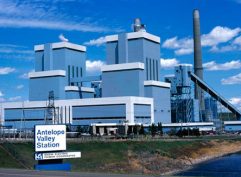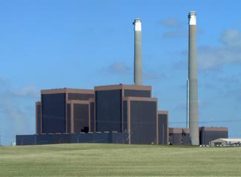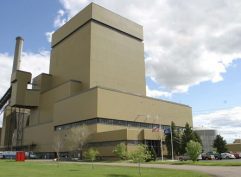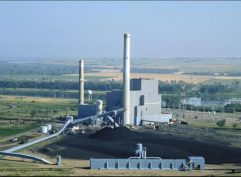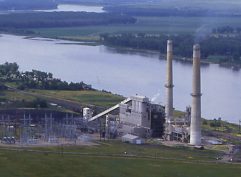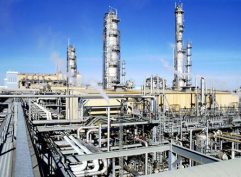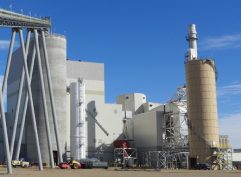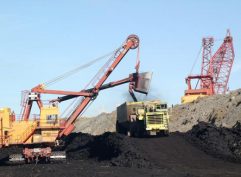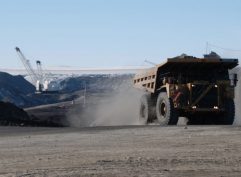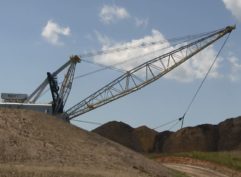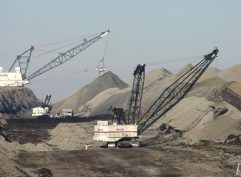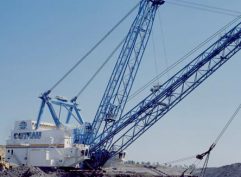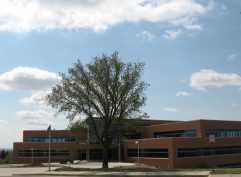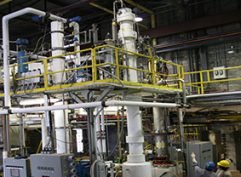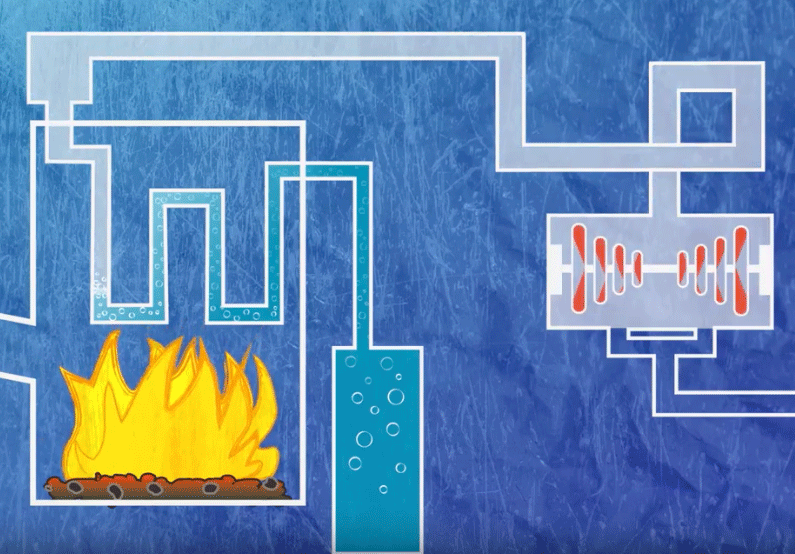1805
First recorded use: Lewis & Clark conduct test burn of lignite.
1873
First commercial mine opens in Morton County: Lt. Col. George Armstrong and troops accompany provide protection for early miners.
1900
A total of 73 underground mines operating.
1910
The Washburn Company's underground coal mine near Wilton is the largest in the state.
1920
North Dakota boasts 12 surface mines and 104 underground mines. By 1930, surface mines surpassed the number of underground mines due to increased productivity and safety.
1928
Otter Tail Power constructs Washburn power plant.
1930
The Truax-Traer Coal Company became the largest coal producer in the state with mines at Kincaid, Velva and Wilton.
1941
Number of mines declines from a high of 320 in 1940 to 296 in 1941 (more than half of remaining mines are surface mines).
1951
Lignite production reaches 3.2 million tons before declining to 2.3 million tons in 1958.
1952
William J. Neal Station begins operating at Velva (acquired by Basin Electric in 1973 - plant placed on ready-reserve in 1985 and dismantled in 1999-2000).
1954
MDU opens R.M. Heskett power plant at Mandan; second unit added in 1963.
1966
Basin Electric opens first major lignite-fired generating plant (Leland Olds Station) at Stanton.
1967
United Power Association finishes construction on the lignite-fired Stanton Station in Stanton.
1970
Minnkota Power Cooperative completes first unit of Milton Young Station at Center.
1974
Lignite Energy Council formed.
1975
Leland Olds Unit 2 in service at Stanton.
1977
Young Station Unit 2 in service at Center.
1979
Coal Creek Station Unit 1 in service at Underwood.
1981
Coyote Station in service at Beulah; Coal Creek Station Unit 2 in service at Underwood.
1984
Antelope Valley Station Unit 1 & Great Plains Synfuels Plant in operation at Beulah.
1986
Antelope Valley Station Unit 2 in service at Beulah.
1986
Lignite Energy Council hosts first teacher's seminar.
1987
ND Gov. Sinner creates Lignite Research Council.
1990
Clean Air Act Amendments passed to reduce Acid Rain.
1994
Lignite production reaches all-time high of 32.2 million tons.
1995
Knife River Coal Company closes its Gascoyne Mine near Bowman, ND.
1999
Great River Energy formed through the merger of Cooperative Power Association and United Power Association.
2001
Westmoreland Coal Company buys the Beulah and Savage Mines from Knife River Corporation.
2004
BNI Coal, Ltd. commissions its $38 million dragline, "Liberty".
2006
Lignite production in North Dakota at 30.3 million tons, marking the eighth consecutive year of more than 30 million tons of lignite produced.
2006
Blue Flint Ethanol commissioned using waste heat from Coal Creek Station.
2010
Open house held at Coal Creek Station for Great River Energy’s patented DryFining coal enhancement system. The DryFining project along with new scrubbers at Leland Olds Station and the Milton R. Young Station represent a billion dollar investment by the three generation and transmission cooperatives (Great River Energy, Basin Electric Power Cooperative and Minnkota Power Cooperative) to upgrade environmental systems at existing power plants.
2011
Great River Energy commissions Spiritwood Station near Jamestown, ND; expects to begin producing power in late 2014.
2014
Spiritwood Station east of Jamestown becomes operational on November 1, 2014. The dual fuel, heat and power plant is fueled by beneficiated lignite as well as natural gas.
2016
In June, the Coyote Creek Mine began selling coal to the adjacent Coyote Station. The mine is a subsidiary of North American Coal Corporation that owns two sister mines in North Dakota – the Freedom and Falkirk Mines.
2017
Over a span of a couple of years, North Dakota’s fleet of power plants installs technology to capture minute amounts of mercury from flue gases. The technology is developed by the Energy & Environmental Research Center through the Lignite Research Council.
2018
Dakota Gasification Company completes a three-year, $740 million urea plant at the Great Plains Synfuels Plant. With the addition, DGC now sells three nitrogen-based fertilizers – urea, anhydrous ammonia and ammonia sulfate. The plant also receives a majority of its revenues from the sale of fertilizer.
2019
EPA replaces the Clean Power Plan with the Affordable Clean Energy (ACE) rule in June.


